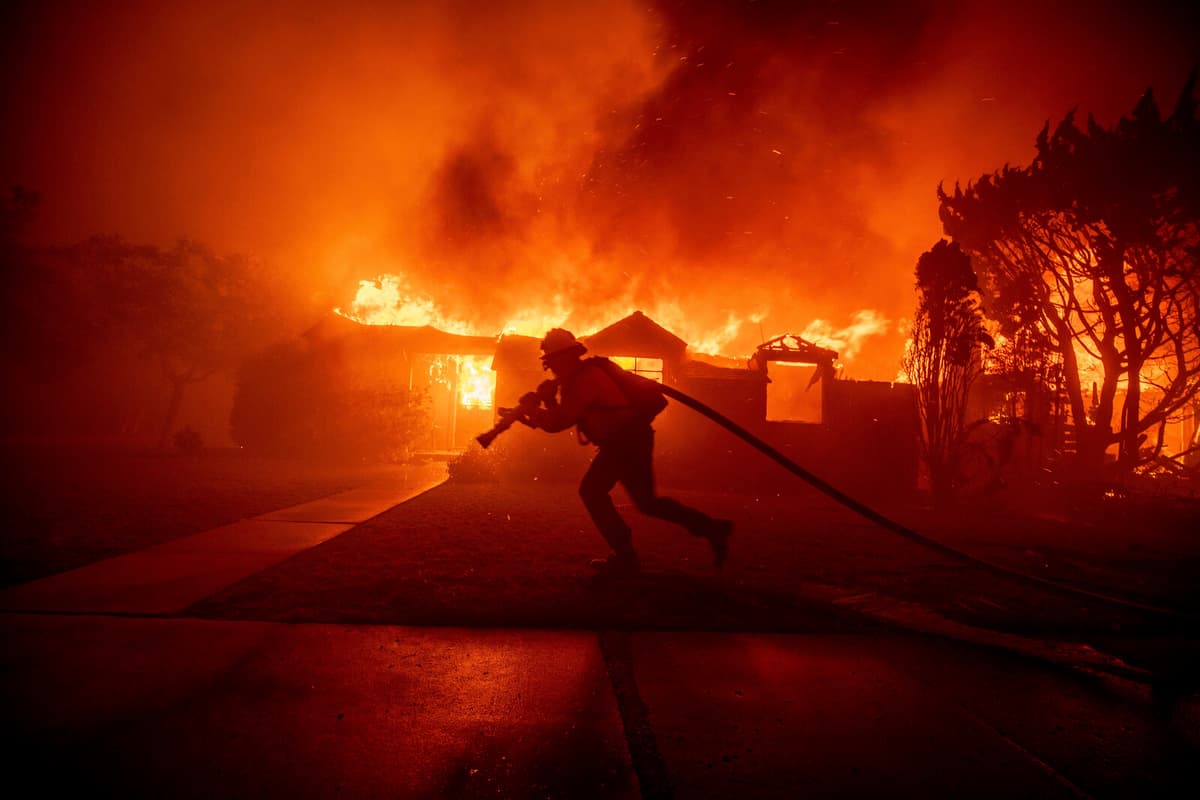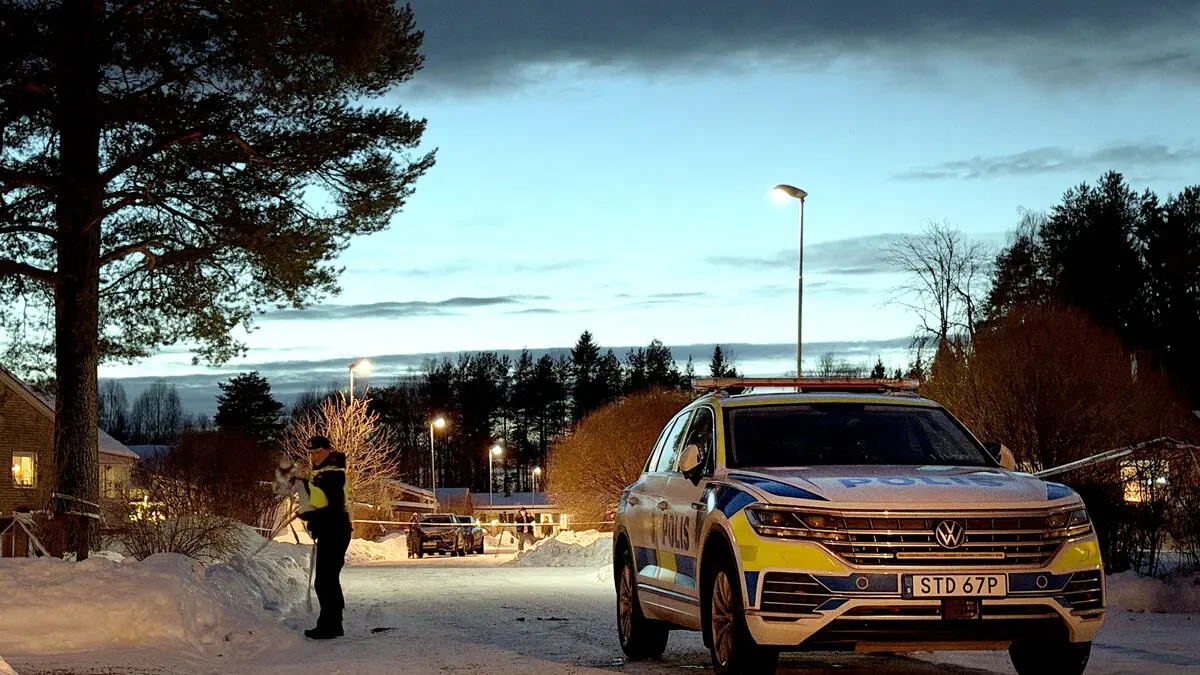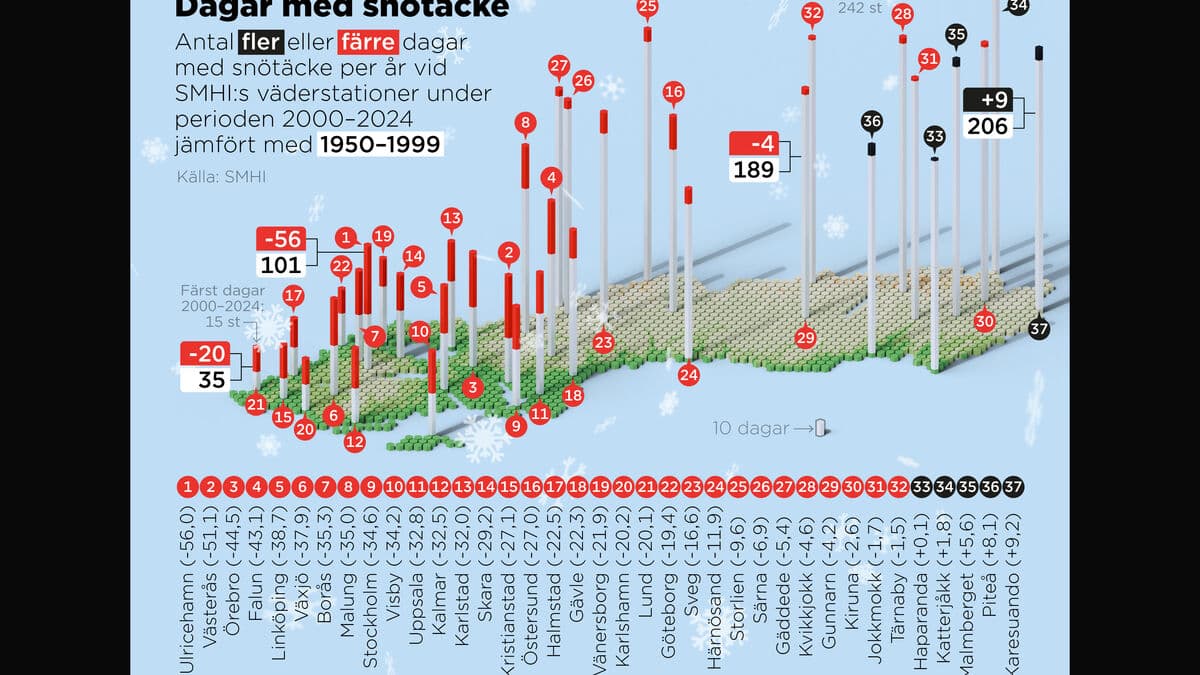On January 7, fires broke out on the outskirts of Los Angeles. Two fires swept into the city, leading to at least 29 deaths and 16,000 destroyed buildings.
32 researchers from the USA and Europe at the research network World Weather Attribution (WWA) have calculated in a rapid study how much human-caused climate change contributed.
Fires are a natural part of California, which essentially has two seasons.
It's the very dry summer fire season and the wet and windy winter season, says Theo Keeping at the University of Reading, one of the main authors.
Longer dry season
In October-March, the strong Santa Ana winds blow out to sea, which worsens the fire risk. But during October-December, extensive rainfall moves in over California. According to the study, this rainfall now comes 23 days later than in pre-industrial times.
We see that the rain barrier between these two seasons is coming later and later. So the wind and fire seasons overlap more, which increases the risk of these very rapidly spreading, catastrophic fire seasons, says Keeping.
Unlike a normal year, California received almost no rainfall at all during the fourth quarter, and the vegetation was extremely dry in January.
The rainfall shortage has become more common, historical data show according to the WWA study. Under neutral El Niño conditions, they occur every 20th year, 2.4 times more often than in pre-industrial times.
Almost twice as often
According to WWA, the severe fire risk conditions that prevailed earlier in January - with warm weather, strong winds, and extremely dry vegetation - now occur every 17th year. This can be compared to an average of every 23rd year without climate change. By the end of the century, they may occur every 12th year, if emissions continue as expected.
When it comes to individual factors, there is uncertainty, the researchers note. Climate simulations were unable to detect any changes in some cases and are generally poor at calculating wind. But since all indications point in the same direction, the researchers feel confident in their conclusions.
When we look at all the different measures, I would say that we can overall with great confidence say that climate change has had an amplifying effect, says Keeping.
Gustav Sjöholm/TT
Facts: Attribution studies
TT
Attribution studies are a method to link individual weather events to climate change.
Researchers use previous weather data (at least 50 years back, preferably 100 years) to detect trends. Then, simulations are run with climate models with today's climate, to see how likely it is that the weather conditions occur.
Then, the global warming caused by human emissions (1.3 degrees) is removed, and the simulations are run again, to see if there is any difference in how often the conditions occur. It is also possible to run simulations that take into account future warming, to see if the risk is expected to increase.
Source: WWA
The fires broke out on the outskirts of Los Angeles on January 7 and spread quickly to populated areas.
At least 29 people have died and more than 16,000 buildings have been destroyed. It is the fire incident that has caused the most devastation in Los Angeles history.
The three main fires (Eaton, Palisades, and Hughes) have burned on an area of over 19,000 hectares. After a few days of rain, the fires are more or less under control.
Sources: WWA, Los Angeles Times.





